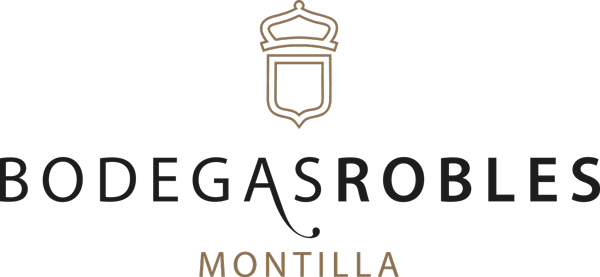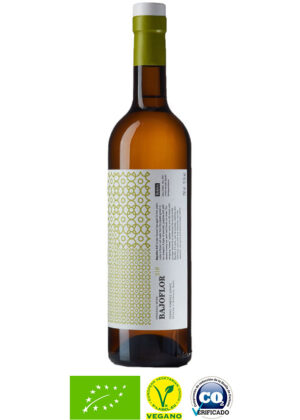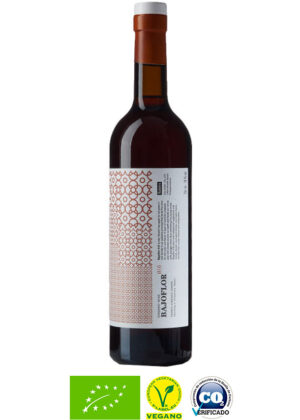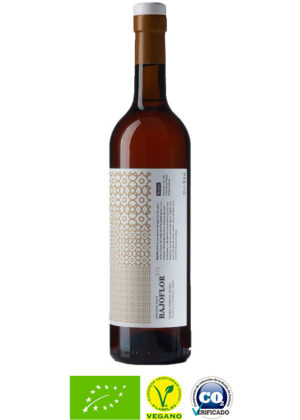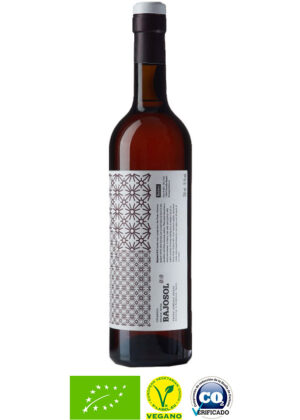Tienda de vinos
Nuestra tienda online donde comprar vino y productos ecológicos
Our Wines
We grow the grapes with the intensity and quality of flavors and aromas that the care of our organic vineyard and the work with native yeasts allow us, we monitor their natural process and transfer all the richness of the fruit into the wine.
Bajoflor & Bajosol
Bajoflor and Bajosol wine
A redefinition of generoso wines
Japan discovers Bajoflor is a project that aims to redefine generoso wines for their better understanding in Asian culture, especially Japan. For this, Bodegas Robles, Ohayō and Estudio Pablo Gallego have worked on the creation of a new wine coding and a more understandable packaging, finding surprising common spaces between flor wines (generoso wines) and Asian cuisine.
Product range
Bajoflor includes the traditional Fino, Amontillado and Oloroso wines.
Bajosol includes dessert wines made with Pedro Ximénez grapes that, after harvest, are exposed to the sun and turned by hand every day until they become raisins.




